![]()
This page is also available in French
![]()
At the time of Berlioz, the Piazza del Popolo was the entry point for travellers arriving in Rome from France. Berlioz arrived after a long journey from Paris via a stop of several weeks at La Côte Saint-André, and then on his way again to Marseille, Leghorn and Florence:
By a remarkable coincidence I had left Paris alone; I found I was the sole Frenchman on the crossing from Marseille to Leghorn; I was the only traveller that the coach-driver in Florence could find who wanted to go to Rome, and it was in this complete isolation that I arrived there. Two volumes of Memoirs of the Empress Joséphine, which I had found by chance in a bookseller in Sienna, helped to kill time while my old coach was making its peaceful way. My driver did not know a word of French, and for myself the only Italian I knew was restricted to phrases such as « Fa molto caldo. Piove. Quando lo pranzo ? » There was no chance of developing a conversation of any great interest. The countryside was not particularly attractive, and the complete lack of comfort in the towns and villages where we would make our stops was the last straw: I cursed Italy and the absurd necessity which was bringing me there. But one day, around ten in the morning, as we had just reached a small group of houses called la Storta, the driver said to me suddenly in a nonchalant manner, while pouring himself a glass of wine: « Ecco Roma, signore! » And without turning round he pointed out with his finger the cross of Saint Peter’s. These few words brought about in me a complete transformation; I cannot express the emotion and surprise aroused in me by the distant sight of the eternal city, in the middle of this immense and desolate plain… In my eyes everything became grand, poetic, sublime; some time later the imposing majesty of the Piazza del popolo, the point of entry to Rome for travellers from France, increased my sense of religious awe. I was lost in dreams when the horses, whose slow speed I had ceased to curse, came to a halt in front of a palace of noble and severe appearance. It was the Académie.
(Memoirs, Chapter 32)
![]()
Unless otherwise stated, all the photographs reproduced on this page were taken by Michel Austin in May 2007; other pictures have been scanned from engravings, postcards and other publications in our own collection. © Monir Tayeb and Michel Austin. All rights of reproduction reserved.

The original copy of the following 2 engravings have been donated by us to the Hector Berlioz Museum and they hold the copyright for them.
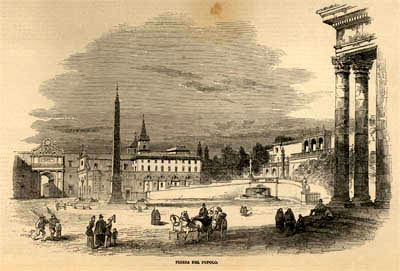
The above engraving was published in the Illustrated London News, 4 May 1850.
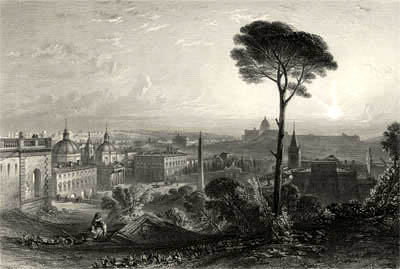
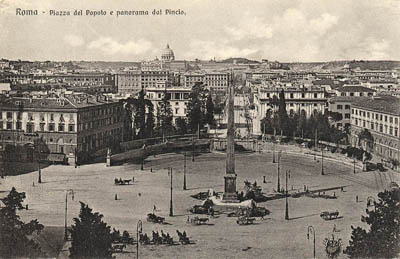
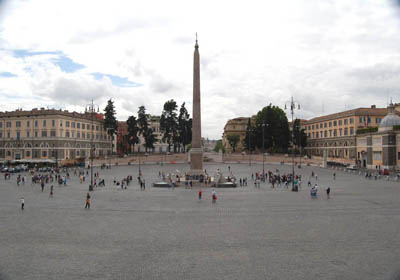
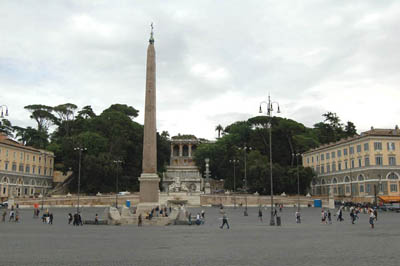

The top of the gallery behind the statues is part of the Pincio Hill and its parks; the road to the right of the gallery is what at the time of Berlioz was the Avenue Pincio [now Viale della Trinitá dei Monti] and leads to the Villa Medici. See also the picture below.
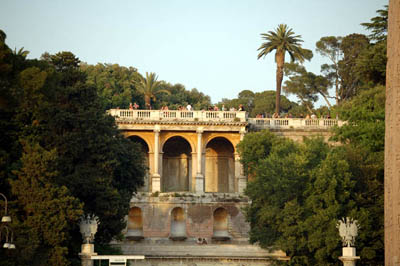
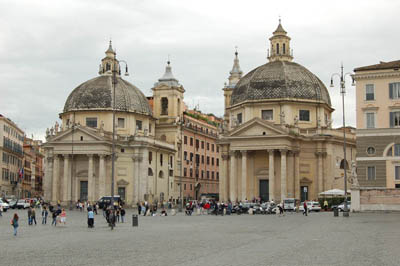
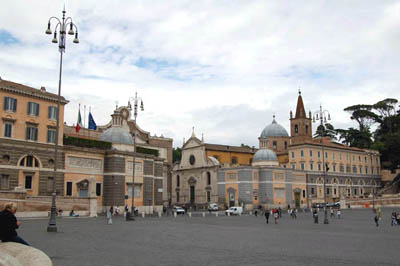
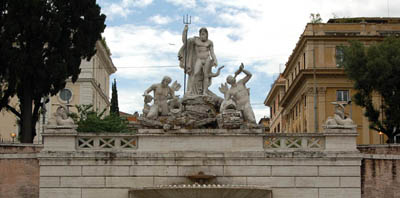
![]()
© Michel Austin and Monir Tayeb for all the pictures and information on this page.
Copyright notice: The texts, photos, images and musical scores on all pages of this site are covered by UK Law and International Law. All rights of publication or reproduction of this material in any form, including Web page use, are reserved. Their use without our explicit permission is illegal.